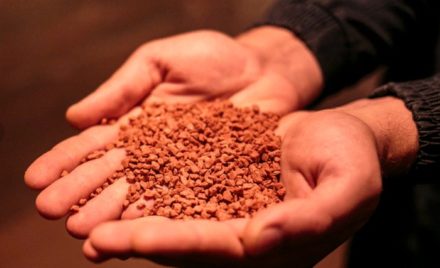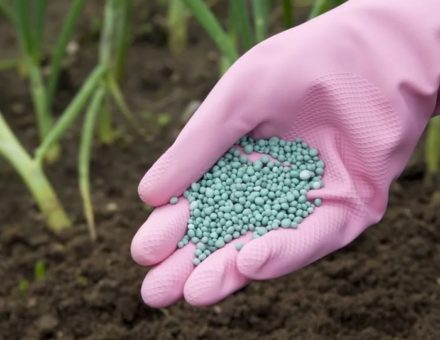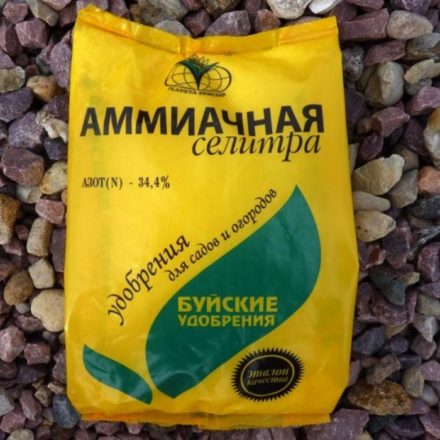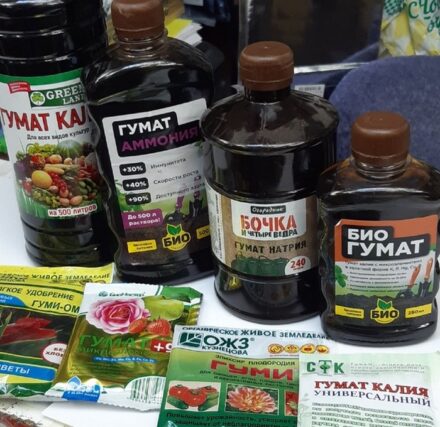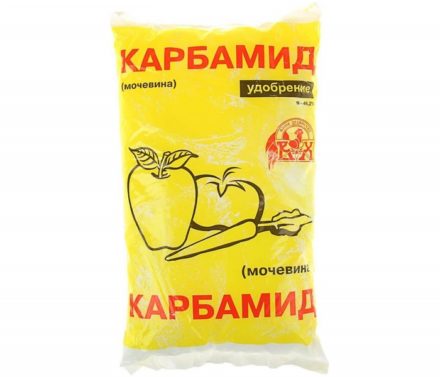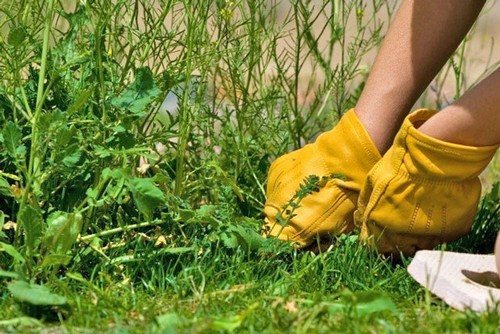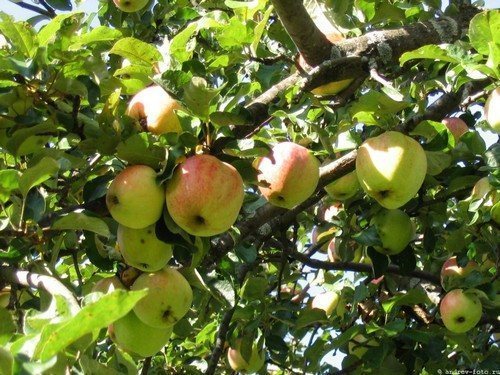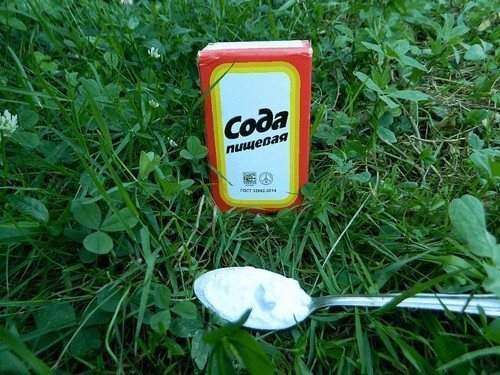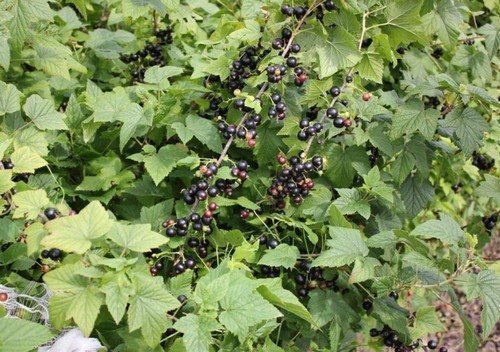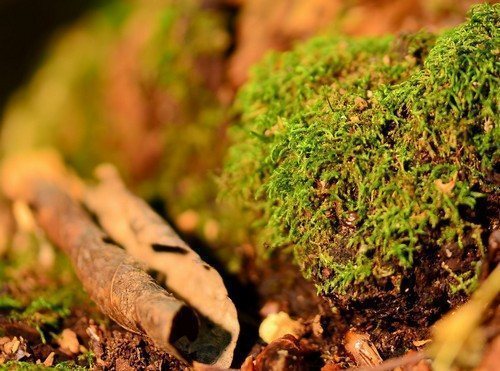Fertilization is one of the important conditions for caring for vegetable plants or fruit trees and shrubs. The growth and development of garden and vegetable crops, their flowering, the formation of ovaries and the ripening of the crop depend on the timely application of the necessary fertilizing.

But farmers do not always know how to properly apply fertilizers to the soil. The main mistakes when applying fertilizers to garden and vegetable plants will be discussed below.
Incorrect fertilizer dosage
The most common mistake when applying fertilizers to the soil is their incorrect dosage. The fact is that at different stages of development, plants need a certain amount of macro and microelements for normal growth and development. A lack or excess of nutrients is equally destructive for vegetable and garden crops, which is why it is so important to follow the dosage of drugs indicated in the instructions for using fertilizers.
Usually, the annotation for the drug indicates the number of grams of specific elements needed by the plant during a specific period of development, diluted in 1 liter of water. It is impossible to exceed the indicated doses of drugs, since an excess of nutrients can cause, for example, excessive growth of the vegetative mass to the detriment of flowering or fruiting.

Incorrect timing of fertilizing
The main elements needed by plants are nitrogen, phosphorus and potassium.But they cannot be added at any time, because the nutrients added to the soil will not lie in it as “dead weight”, waiting for the moment when the plants need them.
All drugs are immediately processed in the soil into nutrients and begin to be absorbed by plants.
However, nitrogen, for example, is needed by plants only at the stage of active growth and development of vegetative mass, which occurs in spring. And with the beginning of flowering and the formation of ovaries, the need for this element in cultivated plants decreases to a minimum. But the need for potassium and phosphorus increases, which contribute to the active development of buds, the formation of ovaries, the growth of the root system, improving the taste of ripening fruits, and strengthening the immunity of plants.
Therefore, when applying fertilizing, it is imperative to take into account what macro and microelements and in what form vegetable and garden crops need at their specific stage of growth and development.
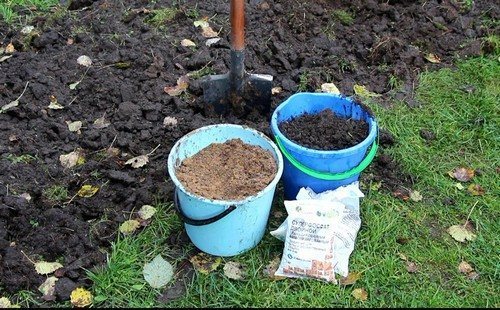
Is the shelf life of fertilizers important?
In fact, fertilizers have no expiration date. They just need to be stored under certain conditions - in this case, not only the air temperature in the room where the fertilizers are stored is important, but also the air humidity and the presence of vacuum packaging.
Many preparations intended for application to the soil are hygroscopic (that is, they actively absorb moisture), so in a humid room they are simply compressed into stone due to the large amount of moisture. But such fertilizer can also be used to improve soil fertility; it is enough to break it into pieces and add it to the soil when digging.
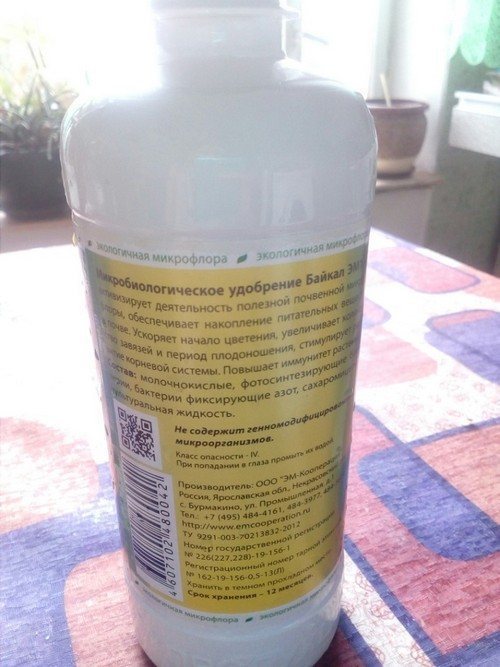
Uneven application of fertilizing throughout the site
Fertilizers applied to the soil are decomposed into nutritional components only in the area where they are applied. Therefore, it is naive to assume that fertilizers applied in large quantities in one area, having dissolved, will themselves disperse throughout the garden and enrich the entire area with nutrients.
Therefore, uneven distribution of fertilizers only leads to the fact that in one place there will be an excess of fertilizers, and in another the plants will feel a lack of nutrients.
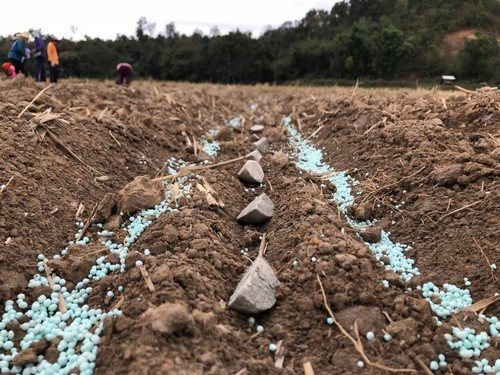
Incorrectly selected composition of fertilizers
Not all elements necessary for plants are found in one specific preparation. Therefore, a situation often arises when several different fertilizers should be applied to the soil in one period. However, not all such preparations are compatible with each other when applied simultaneously to the soil - often one substance, decomposing in the soil, blocks the absorption of other useful elements by plants.
When ammonium nitrate and alkaline fertilizer are mixed, a chemical reaction will occur, resulting in the active release of ammonia in a gaseous state. As a result, most of the nitrogen from fertilizers will simply be released into the atmosphere, and plants will not receive enough of this element necessary for growth.
Therefore, before applying fertilizers to the soil, you need to carefully read the instructions, which tell you which fertilizers can be applied to the soil at the same time, and which ones can be applied a certain number of days after each other.
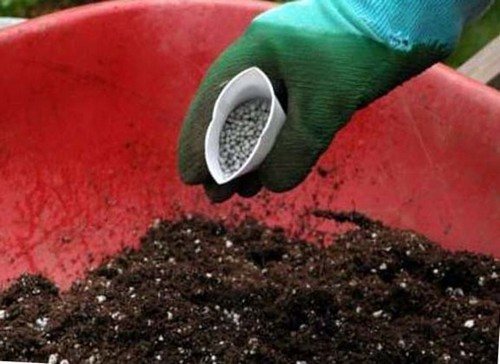
In order for plants to receive the required amount of nutrients throughout the season, it is necessary to avoid the above mistakes when applying fertilizers to the soil. Then all garden and vegetable crops will actively develop and bear fruit to the delight of their owners.


